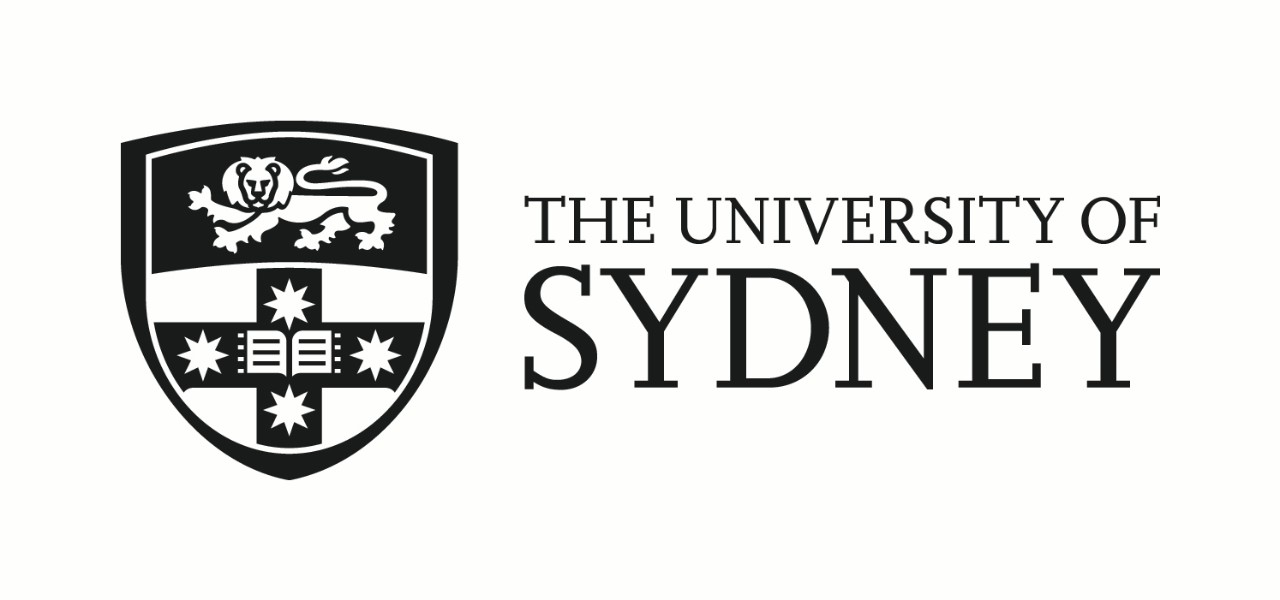
This article is sponsored by the University of Sydney. Authorised by Vice-Chancellor and Principal Prof. Mark Scott. Enquiries: 9351 2000; info.centre@sydney.edu.au
_________________________________________________________________
People who lack the ability to use their hands from conditions like motor neurone disease and cerebral palsy may one day be able to play video games that require a handheld controller through the use of customisable, wearable 3D printed bracelets.
Made with a type of resin, the bracelet works by picking up tiny movements in the user’s wrist when they move their fingers. These movements are sent wirelessly to a computer, and are then interpreted, classified and adapted using machine learning. The interpreted information can then be used to play a game, control a computer interface or communicate using a smart device.
The bracelet and program have been developed by a team of engineers in the University of Sydney’s School of Computer Science, led by undergraduate honours student Mr Stephen Lin under the supervision of Dr Anusha Withana.
“We have 3D printed a sensor bracelet that can be easily customised for individual users. It accurately detects subtle finger movements through vibrations in the carpal tunnel – an area of the wrist that contains the tendons which control the hand,” said Dr Withana.
“These subtle movements are then transmitted from the sensors to a program using Bluetooth, which interprets an individual’s movement patterns using machine learning. It then communicates this with the game. It does so almost instantaneously, allowing the user to play games that would otherwise require the use of a handheld controller.”
In 2020, Dr Withana received an ARC DECRA fellowship to investigate novel sensor fabrication techniques for wearable applications. Currently, the research team is funded by Cerebral Palsy Alliance and Neurodisability Assist Trust to further investigate how this technology can be used to help people living with cerebral palsy.
“We know that assistive technology holds the key to a brighter future for many children with cerebral palsy and similar disabilities, with the potential to transform communication, mobility and participation in society. Cerebral palsy is the most common physical disability in childhood globally, meaning it is vital that these tech advancements are accessible, customisable and as widely available as possible,” said Professor Nadia Badawi, CP Alliance Chair of Cerebral Palsy Research at The University of Sydney and Medical Director and Co-Head at Westmead Hospital’s Grace Centre for Newborn Intensive Care.
Cerebral palsy can cause spasticity in muscles and affect a person’s ability to move. It can have profound impacts on the ability of people to communicate with 50 per cent of people living with the condition finding speech difficult or impossible, while two-thirds have difficulty with movement in one or both arms.
The sensors were designed using computational fabrication techniques, with the components able to be printed using a low-cost, commercial 3D printer. The team has also developed a simple, easy-to-use tool that allows users to customise the sensor to fit their needs.
The researchers plan to release the tools to create sensor bracelets as open-source software, with the aim of improving accessibility for people living with disability worldwide.
Gopi Kitnasamy, Head of Rehabiliation Services at MJF Charitable Foundation, a Sri Lankan not-for-profit organisation the researchers are partnered with, says that new technology is helping individuals with disabilities to perform functions that might otherwise be difficult or impossible.
He hopes the device will also benefit his son, who has cerebral palsy.
“My 23-year-old son lives with cerebral palsy and uses a wheelchair. He loves watching car and bike races and playing video games, with a keen interest in car racing and shooting games.
“As he has lot of dyskinetic (involuntary) movements, he finds it difficult to use joysticks or controllers, so he ends up just watching as we play for him. He selects the tracks, cars, and drivers, but is never able to participate by actually playing. This is very frustrating for both him and us.
“I was so thrilled and excited to learn about the researchers’ sensor bracelet, which appears promising in terms of functionality and affordability. We hope the research progresses, not only to give people like my son access to video games, but also to improve rehabilitative services, and to make the impossible possible.





